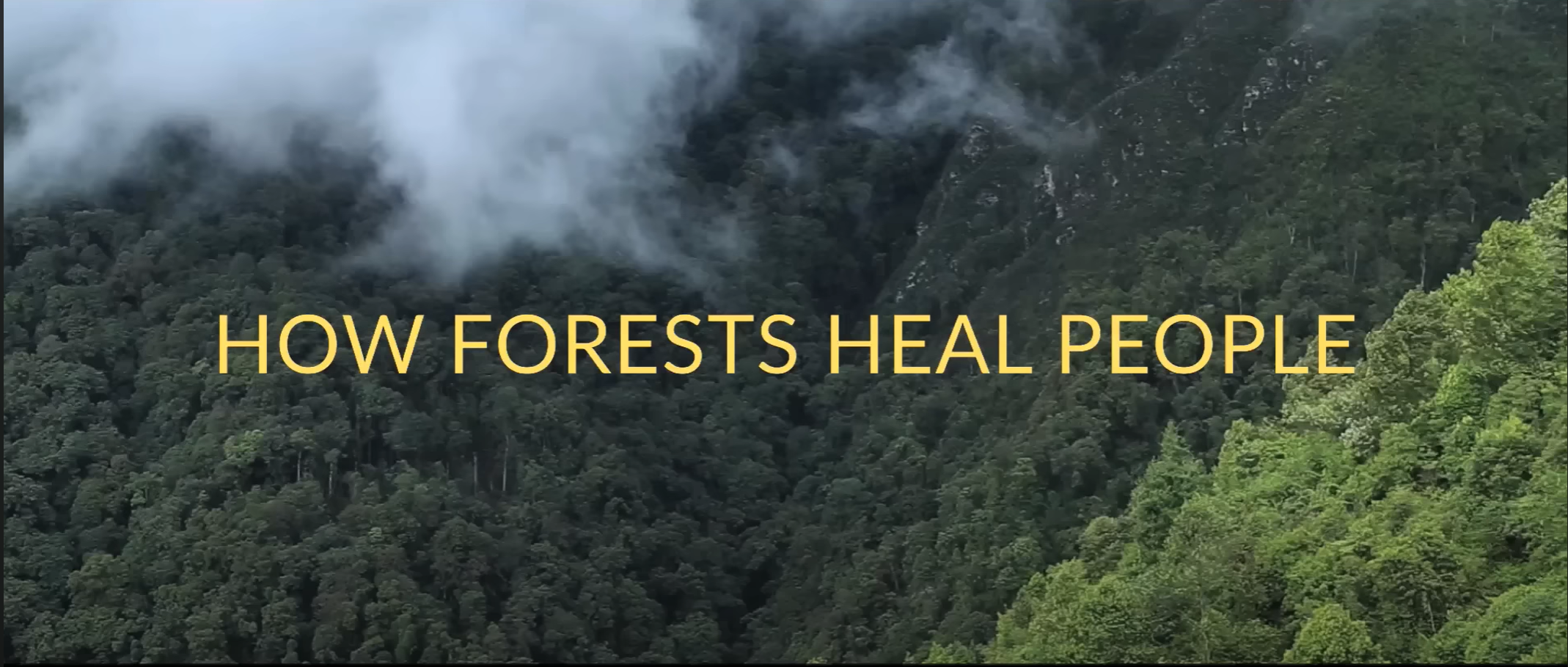Summer Lajoie merges artistry with nature, creating ephemeral art that captures the fleeting beauty of the natural world. Each creation reflects a moment of profound connection and presence.
For Summer, art is more than just a form of expression; it’s a vital ritual. Inspired by the transient works of Andy Goldsworthy, she engages with the environment, crafting art from the elements she encounters. This process focuses less on the final product and more on the act of creation itself.
Dr. Tamberly Conway, Founder and CEO of Conservation Conexions, is not just a conservationist for our forests but also a leader in the realm of forest therapy.
During her career, Tamberly has worn many hats. From a dedicated Forest Service employee to an Association of Nature and Forest Therapy Certified Guide, entwining her passion for the natural world within each role she has taken on.
She spent her time with the U.S. Forest Service Conservation Education Program advocating for forest health and human wellbeing, primarily for and within diverse communities. In December of 2019, Tamberly left the USFS to fully dedicate herself to Forest Therapy and its ability to connect and nurture both land and human health.
The fountain of youth is a forest. Trees cast off years and grant health and cheer, or so transcendentalist Ralph Waldo Emerson claimed in his 1836 essay “Nature.” ”In the woods,” he wrote, “I feel that nothing can befall me [. . .] which nature cannot repair.”
Indeed, research shows that trees really do have healing powers. For one thing, they release antimicrobial essential oils, called phytoncides, that protect trees from germs and have a host of health benefits for people.
Tens of thousands of unexplored forest plants may hold the key to new therapeutic drugs for curing a planet rocked by pandemics and new diseases.
They called it Project 523 after its start date, 23 May, 1967. Back then, it was classified as a top-secret state mission, blessed by Mao Zedong, Chairman of the Chinese Communist Party. The Vietnam War was in full swing, and China’s ally Ho Chi Minh, the Prime Minister of North Vietnam, was losing large numbers of soldiers to malaria. He petitioned China to help find a cure for it.
About 600 scientists, including military personnel, scientists and practitioners of Western and traditional Chinese medicine, were convened and divided into three teams: one for conducting clinical studies, one for looking into traditional Chinese medicine and the third for developing synthetic compounds. Among their goals was a cure for chloroquine-resistant malaria.

